Discovered in 1998 by shrimp fisherman John Lorimer, Seahenge is one of the most intriguing archaeological finds of recent decades. Found on the beach near Holme-next-the-Sea in Norfolk, England, this enigmatic wooden structure, buried for millennia beneath sand and peat, offers a rare glimpse into the rituals and practices of Britain’s ancient past. Let’s explore the mysteries with archeology.dulichvn.net
The Discovery of Seahenge
An Accidental Find
John Lorimer stumbled upon Seahenge during a low tide, which revealed more of the seabed near the shore. While exploring, he noticed an overturned oak log protruding from the sand. At first, it seemed like a mundane find, but closer inspection revealed its profound significance.
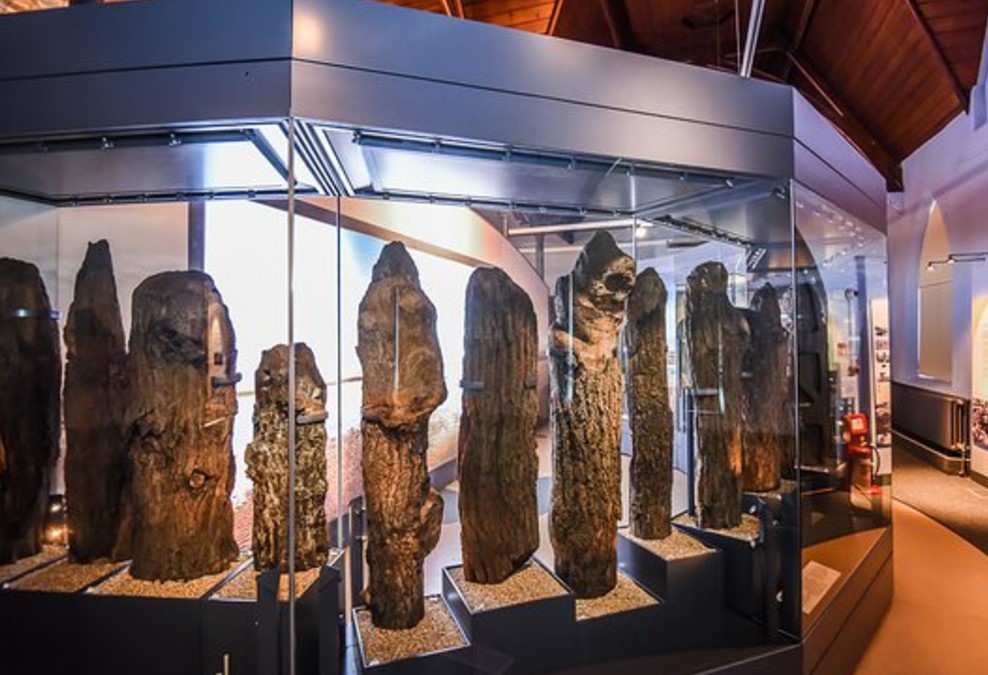
A Circle of Logs
Further examination showed that the oak trunk was part of a carefully arranged circle of 55 timber posts. These posts, cut in half lengthwise, were set in a circle approximately 6 to 7 meters in diameter, with their curved sides facing outward and flat sides inward. Each log was deeply embedded, extending about one meter into the ground.
The Role of Experts
Recognizing the importance of the discovery, Lorimer contacted archaeological experts. Using dendrochronology, they determined that Seahenge was constructed in 2049 BC. Remarkably, the wooden structure was exceptionally well preserved, thanks to its initial location in a swampy area that later became submerged by the sea.
See more: Unearthing the Mysteries of an Ancient Chinese Civilization
The Preservation of Seahenge
Natural Preservation
Seahenge owes its survival to the unique environmental conditions of the Norfolk coast. The swampy area where it was originally built eventually turned into peat, which effectively sealed the wood from decay. Over time, rising sea levels buried the structure under layers of silt and sand.
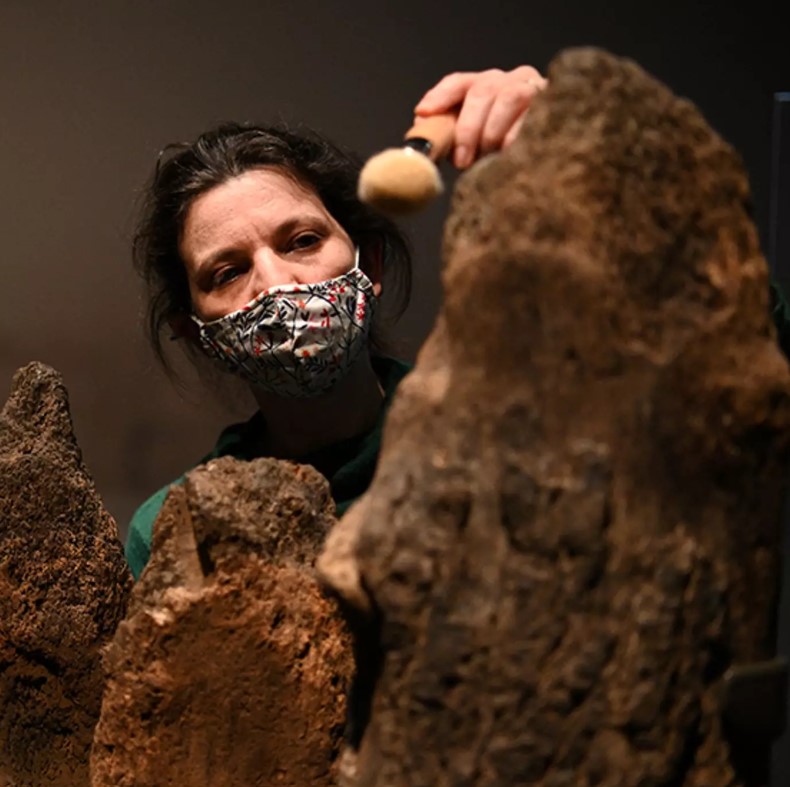
Modern Conservation Efforts
To protect Seahenge from further degradation, archaeologists carefully excavated the timbers and transported them to the Lynn Museum in King’s Lynn. There they underwent preservation treatments involving water and wax to stabilize the wood and ensure its long-term survival.
Theories About Seahenge’s Purpose
A Ritualistic Burial Site
One of the most compelling theories about Seahenge is its role as a burial site. Scholars believe the central oak trunk may have been used for a sky burial, where the deceased’s body was left exposed for scavenging birds and predators. This practice symbolically freed the soul from the physical body, a ritual rooted in the spiritual beliefs of the time.
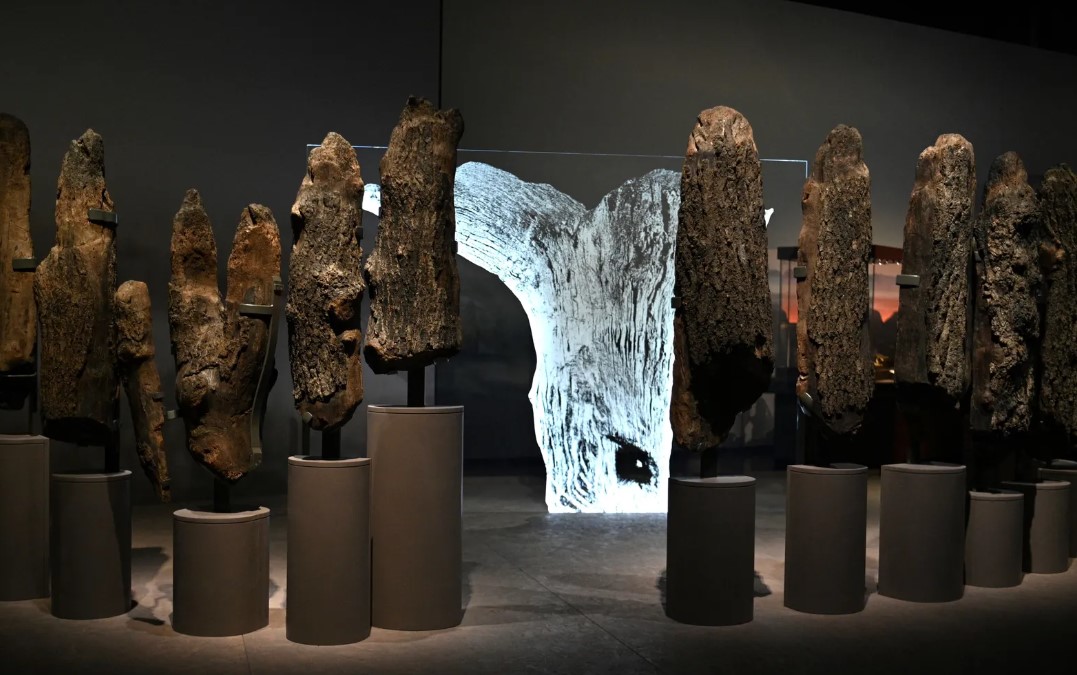
A Sacred Space
The deliberate arrangement of the logs suggests that Seahenge held profound ceremonial importance. The circle may have been a sacred space for communal gatherings, rituals, or offerings to deities.
See more: Hawaiis Elephant Rock Mokuhooniki’s Elephant-Like Rock Formations
The Mystery of Submergence
Rising Sea Levels
One of the most puzzling aspects of Seahenge is its location beneath the sea. Archaeologists suggest that rising sea levels over thousands of years gradually engulfed the site, transforming it from a land-based monument into a marine relic.
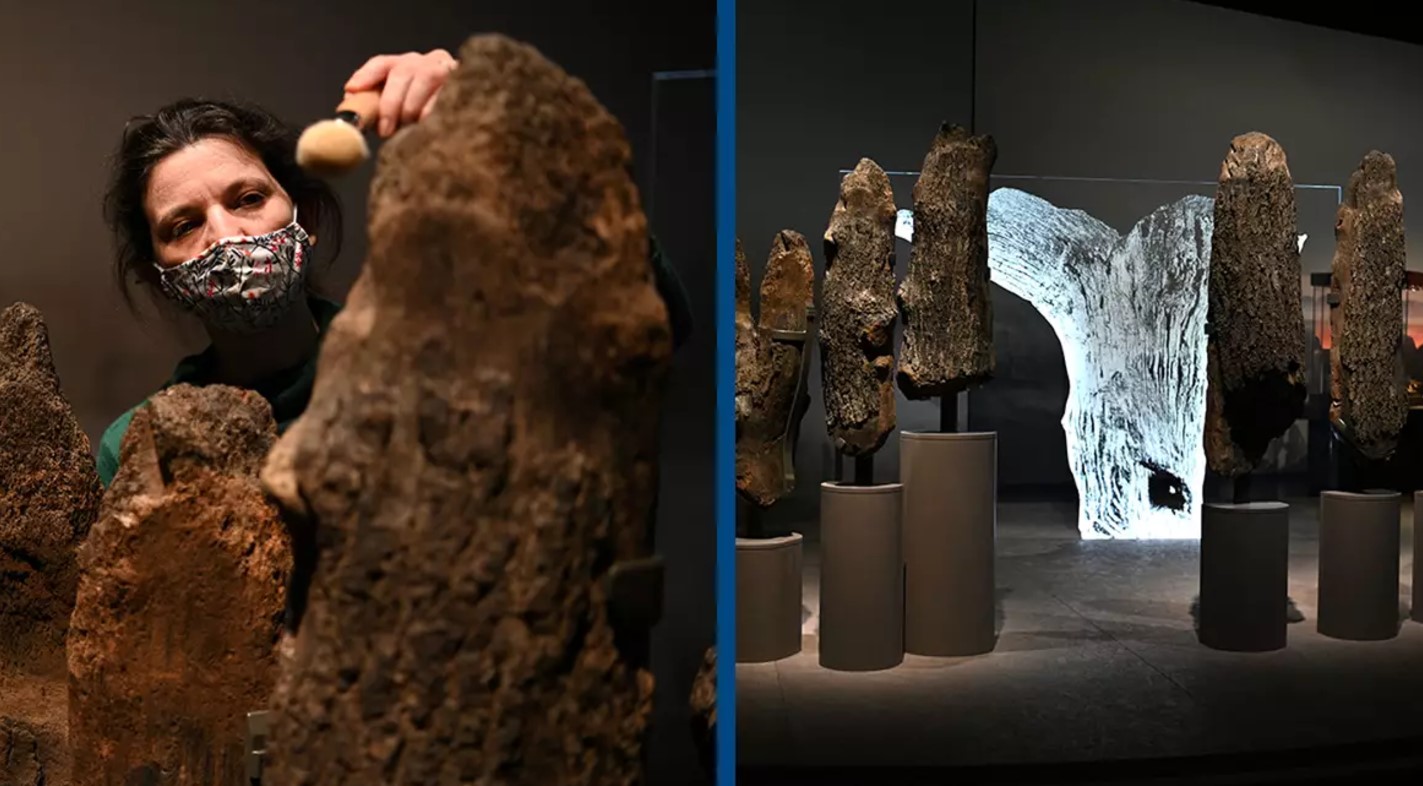
Environmental Shifts
The transition from swamp to peat and eventually to coastal marshland illustrates how environmental changes shaped ancient landscapes. Seahenge serves as a powerful reminder of the dynamic relationship between humans and their environment.
A Lost Legacy
The submergence of Seahenge adds an air of mystery to its story. Why was such an important structure abandoned, and what does its underwater fate tell us about the people who built it? These questions continue to inspire fascination and further research.
The Significance of Seahenge
A Window into the Bronze Age
Seahenge offers invaluable insights into life during the Bronze Age. Its construction reflects advanced woodworking skills and a deep understanding of nature’s resources.
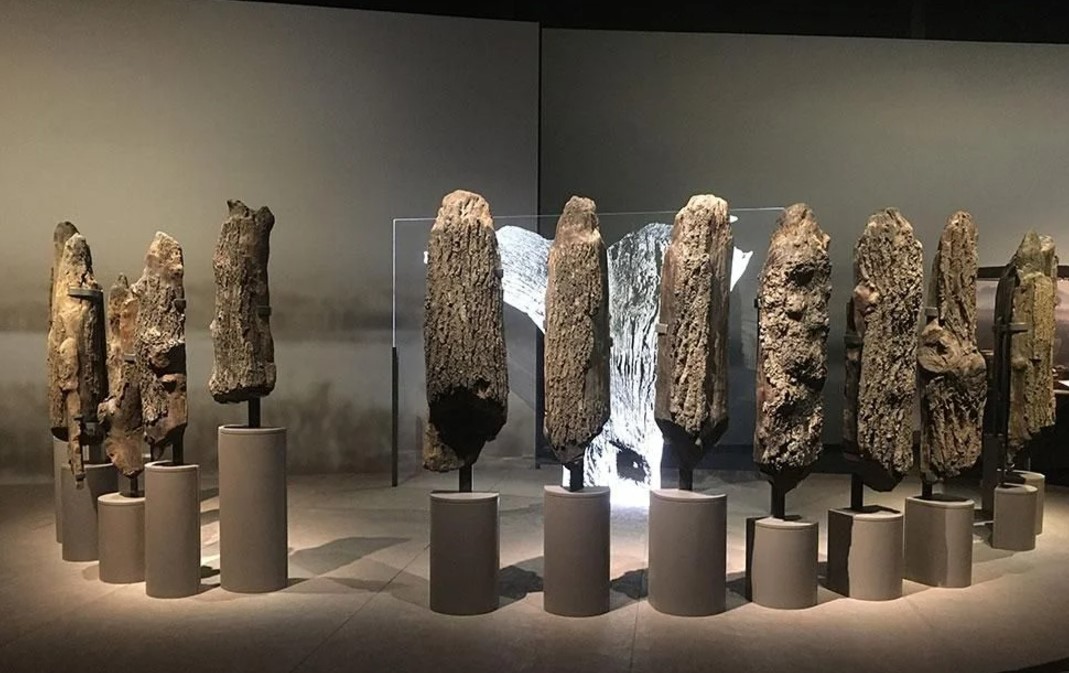
Symbolism and Spirituality
The site underscores the importance of ritual and spirituality in ancient societies. Its careful design and placement suggest a culture deeply connected to the land, sea, and cycles of life and death.
Preservation Challenges
Seahenge’s discovery highlights the delicate balance between preserving cultural heritage and respecting natural processes. Its excavation and conservation set a precedent for protecting similar sites that may lie hidden beneath the earth or sea.
Visiting Seahenge Today
The Lynn Museum Experience
At the Lynn Museum, visitors can explore Seahenge’s preserved timbers and learn about its discovery and significance. Interactive exhibits provide a deeper understanding of Bronze Age life and the challenges of archaeological conservation.
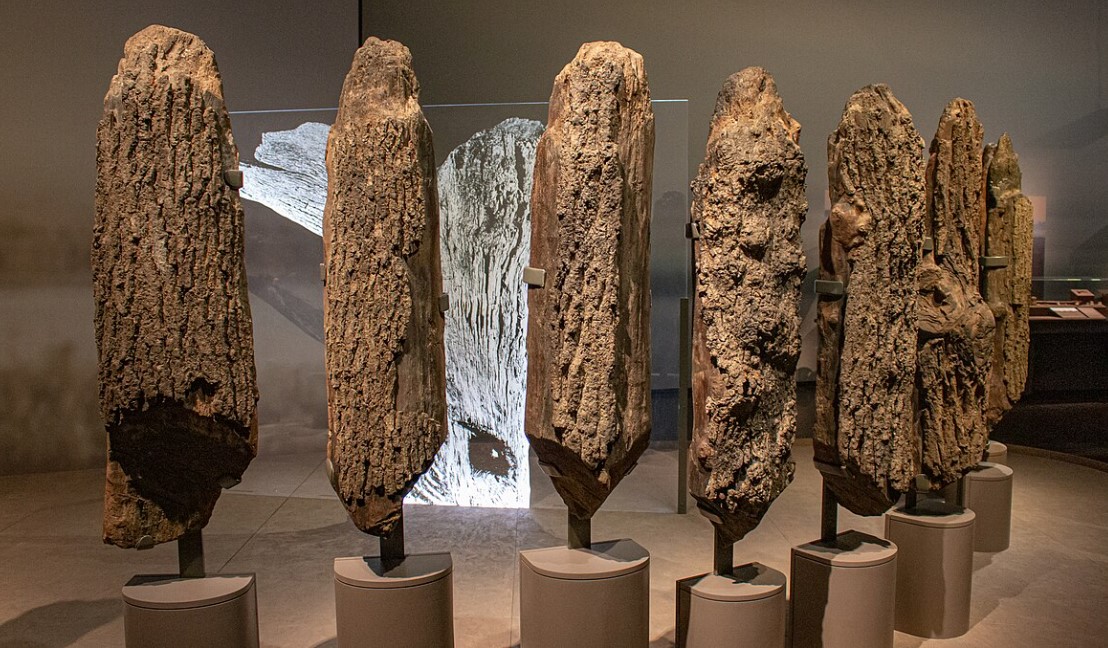
Connecting with History
Seeing Seahenge in person offers a tangible connection to Britain’s ancient past. The experience invites reflection on the ingenuity and spirituality of the people who built it over 4,000 years ago.
Ongoing Research
Seahenge continues to be a subject of study, with new discoveries and interpretations shedding light on its purpose and the society that created it.
Conclusion
Seahenge is more than an archaeological wonder—it’s a portal to a distant world shaped by rituals, craftsmanship, and an intimate connection to nature. Its discovery has enriched our understanding of the Bronze Age while raising intriguing questions about the beliefs and practices of its builders.
As we uncover more about Seahenge and similar sites, one thing remains certain: its story is a testament to the enduring mysteries of our shared human history.

CÁC TIN KHÁC
Mark Twain & Olivia Langdon: A 36-Year Love Story Filled with Laughter and Devotion
The Tollund Man: A 2,400-Year-Old Mystery Preserved in a Danish Bog
Skara Brae: Scotland’s Hidden Neolithic Village
Porta Nigra: The Hidden Depths of Trier’s Iconic Roman Gate